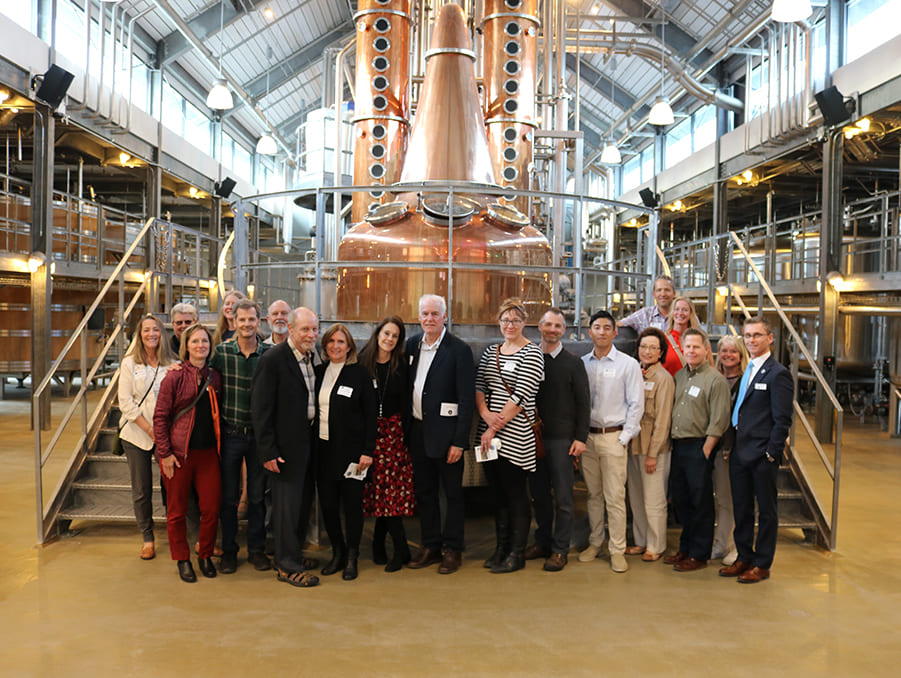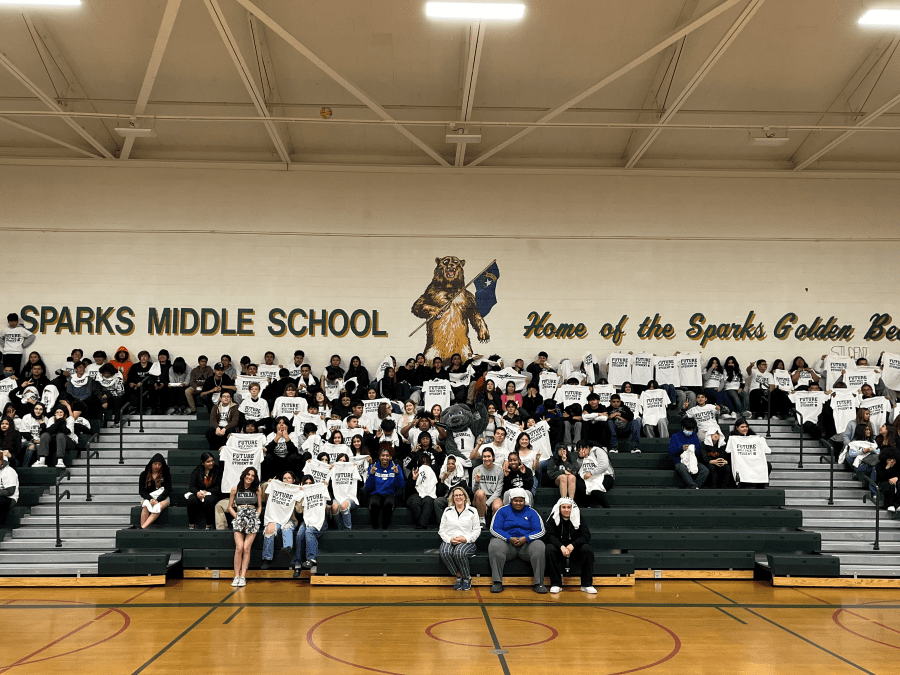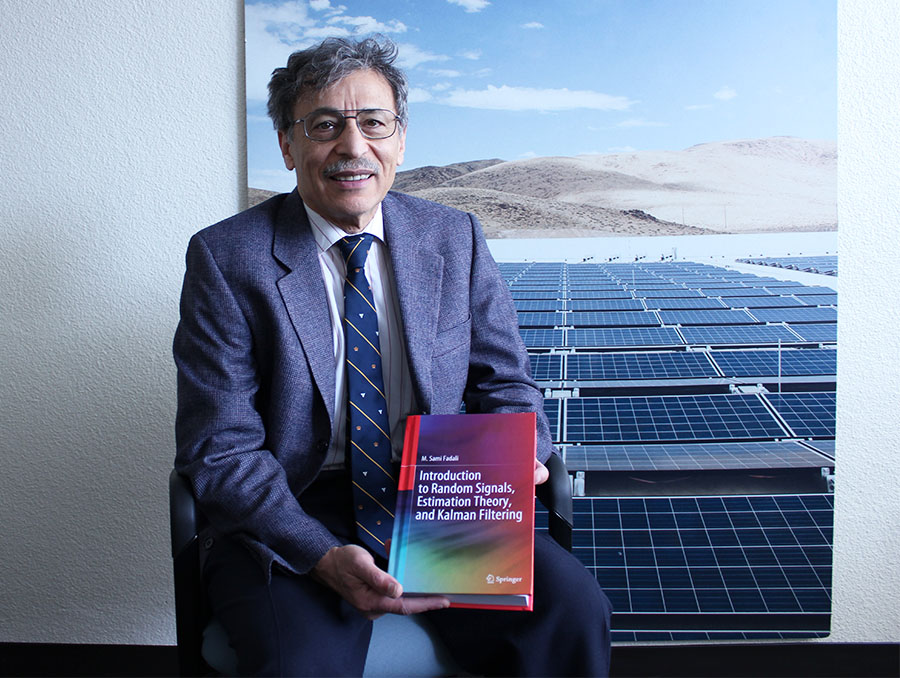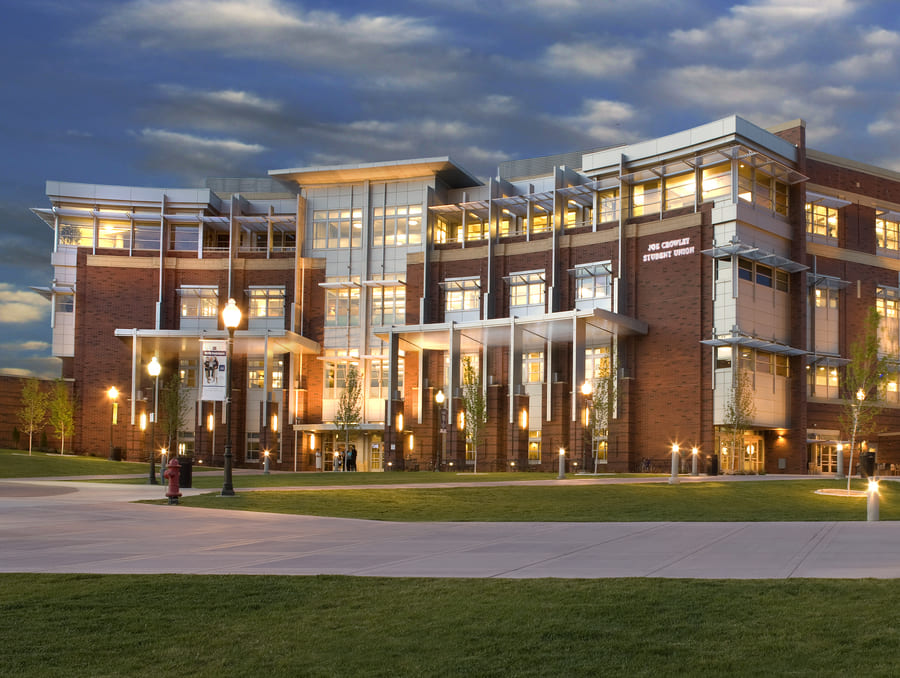After 11 years as director of the Nevada Seismological Lab, John Anderson has stepped down from the position to focus on teaching and research.
“I never meant this to be my last job, to be director for life,’ he said. “It’s part of my long-term plan; it’s someone else’s turn now.”
The new director, Graham Kent, is settling in after arriving two weeks ago from UC San Diego’s Scripps Institution of Oceanography, where for the past 13 years he’s been a research geophysicist at their Institute of Geophysics and Planetary Physics. More recently, for seven years he has been director of the Visualization Center at Scripps. He is now a professor of geophysics in the University of Nevada, Reno’s Department of Geological Sciences and Engineering.
“I predict that he'll be a fantastic director for the lab, and look forward to collaborating with him when I get back to Reno next summer,” Anderson said.
Anderson, who has been part of the University’s Seismology Lab and the Department of Geological Sciences and Engineering for 20 years, is currently working on a project with the prestigious University of Tokyo, one of the leading seismology universities in the world. The project seeks to improve seismic hazard evaluation techniques utilizing their extensive earthquake recording networks.
“The frequent occurrence of strong earthquakes in Japan is an advantage,” Anderson said of the research opportunity.
Anderson said he enjoyed his tenure as director, and despite some landmark seismic events, such as the Mogul swarm, the 2008 Wells earthquake and the very unusual and historic deep earthquakes under Lake Tahoe in 2003, Nevada was unusually quiet during his tenure.
“Those have been some scientific highlights for sure, but we had extraordinarily low seismicity while I was director,” he said. “We went for 14 years without a magnitude 6 earthquake, which is very unusual. We expect one every three or four years.”
Anderson is proud of the work the department has done in expanding the monitoring and reporting of earthquakes and he’s proud of the work done by the lab during the Mogul Sequence of over 1,500 earthquakes last year.
“We can learn more about earthquakes now than we could 10 years ago,” he said. “But after foreshocks early on in the Mogul-Somerset area, we concluded that the message to get to the public was preparedness. It wasn’t a prediction, but a reminder that this is a seismically active area and we don’t know when they will happen.”
Anderson, known for his methodically thorough approach, and his hard-working troop of seismologists worked with USGS and other departments to push the preparedness message to the community and “as the swarm continued, damage was prevented,” he said.
Kent, the new Seismological Lab director, has a history of being thorough as well, and his energetic, outgoing style will be valuable as he implements his vision as well as advances the science of geophysics, public service and earthquake monitoring for the State of Nevada.
Kent is well-known to researchers in Nevada. He’s been studying the tectonics of western Nevada for 10 years, including earthquake fault hazards in the Lake Tahoe Basin (including Lake Tahoe and Fallen Leaf Lake) with sonar profiling. Kent and his colleagues from Scripps developed the field of underwater paleoseismology at Lake Tahoe, which has now been applied in several locales, including the Salton Sea, the Great Salt Lake, San Diego Bay and the Borderlands of California.
His research interests also include the Walker Lane, a geological region roughly aligned with the border between the states of California and Nevada. The Walker Lane Belt exists as a rifted margin between the Great Basin province and the Sierra Nevada microplate and may take up about 25 percent of the boundary motion between the Pacific Plate and the North American Plate, the other 75 percent being taken up by the San Andreas and other fault systems to the west.
He studied geophysics at San Diego State University, where he graduated and was Valedictorian of the Class of 1985. Soon thereafter, he entered graduate school at Scripps Institution of Oceanography receiving his Ph.D. in 1992. After a four-year appointment at Woods Hole Oceanographic Institution, Graham returned to Scripps to direct the visualization lab.
“I’m excited to be here,” Kent said. “There’s a lot of opportunity for answering grand science questions in this region, which requires a variety of different seismic techniques. I’m a hi-tech geek at heart and hope to bring the ability to work on some of the larger National Science Foundation-driven science questions, such as formation of the Sierra Nevada mountain range.”
While he may enjoy hi-tech gizmos, Kent also believes in field work and teaching the next generation of geoscientists how to work in the outdoors.
“We don’t observe enough,” he said. “Researchers tend to rely on computers and satellites. Maybe we’re losing the ability to go out and measure, to go out on a boat or in a four-wheel drive and see things in the field up close. And, we can find things unrelated but profound, such as when mapping at Fallen Leaf Lake where we found the submerged ancient trees that yielded valuable climate data. We have to go out and make observations.”
Kent is not only familiar with the area from his research, but also from being raised in nearby South Lake Tahoe, where he graduated from South Tahoe High School.
“Coming here to this area and to the University of Nevada, Reno is really a sense of coming home, both for me and my wife, who also graduated from South Tahoe High,” he said.










